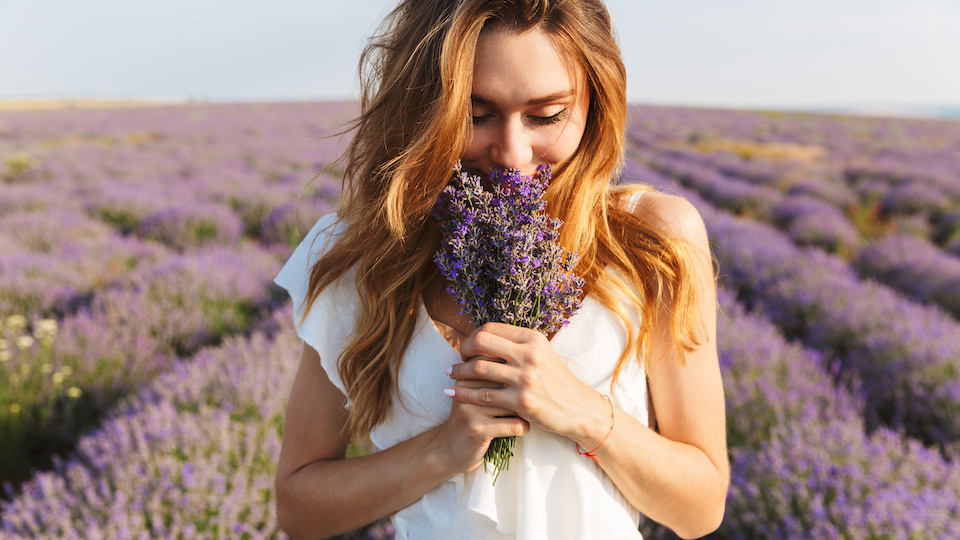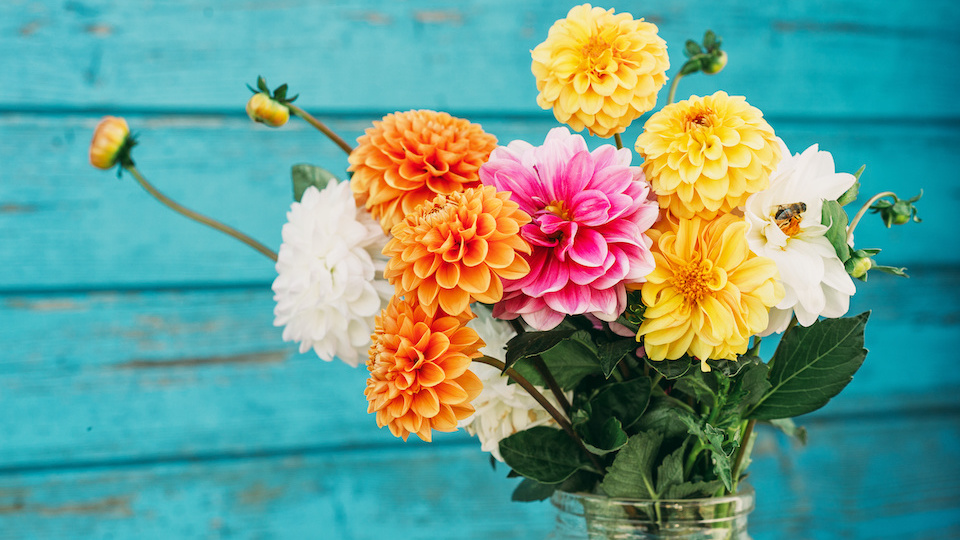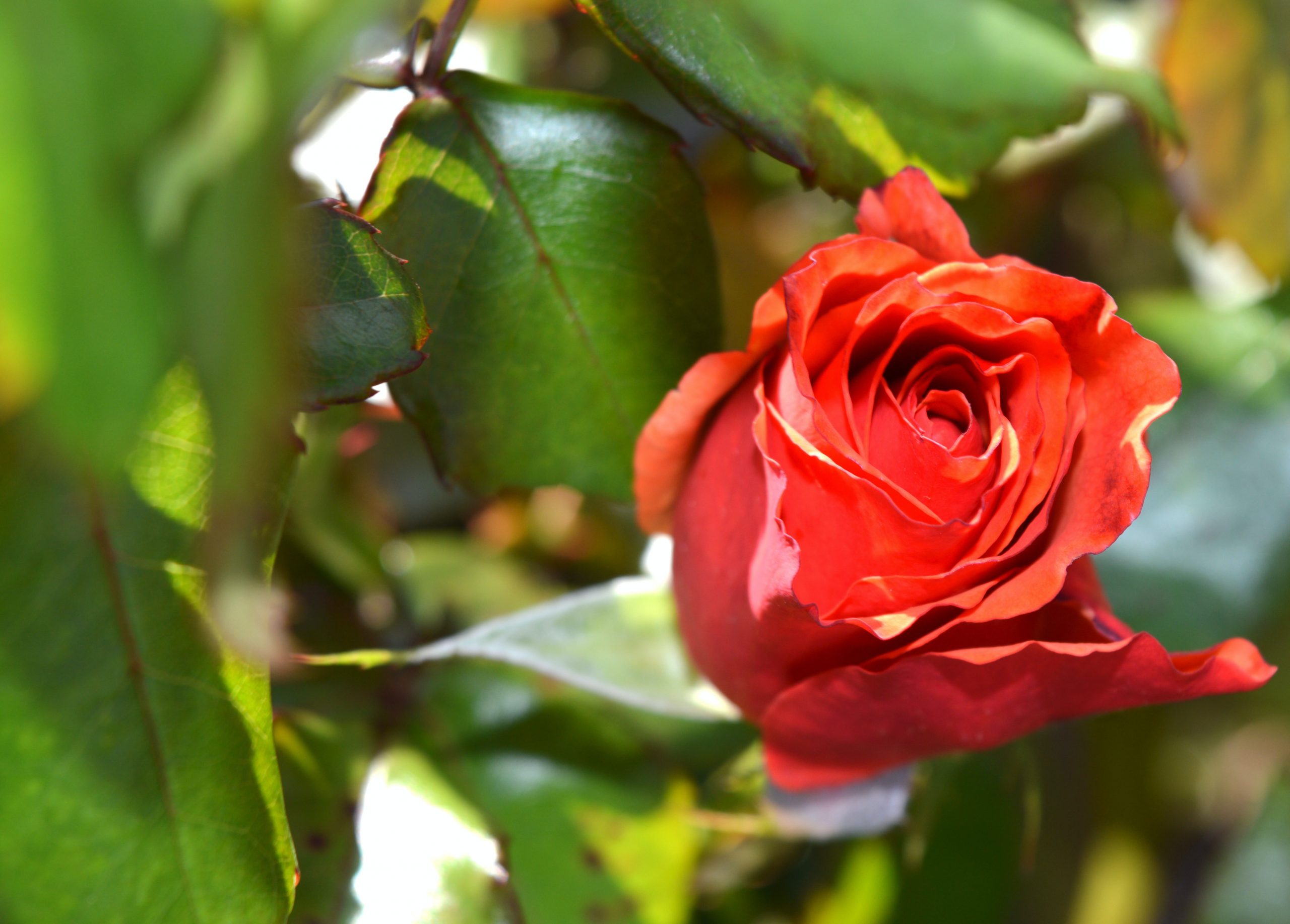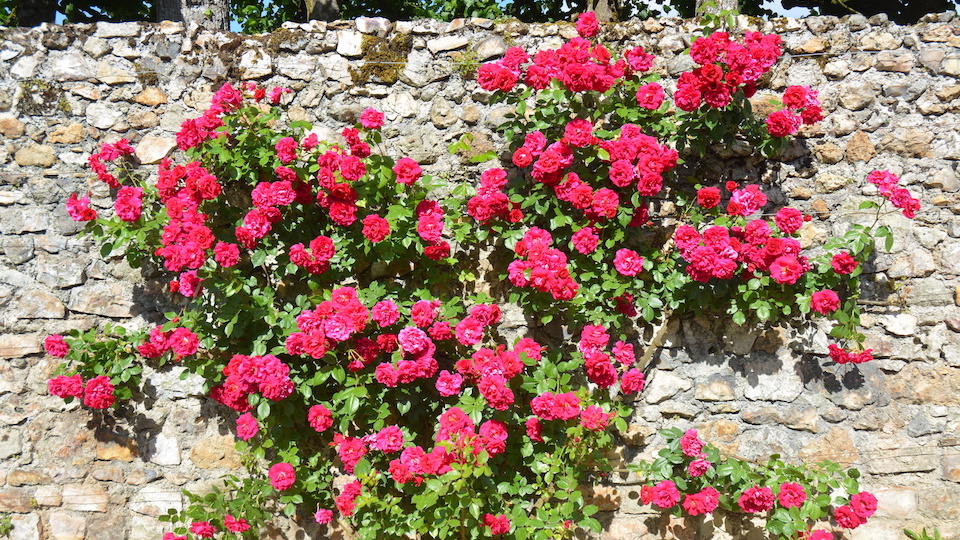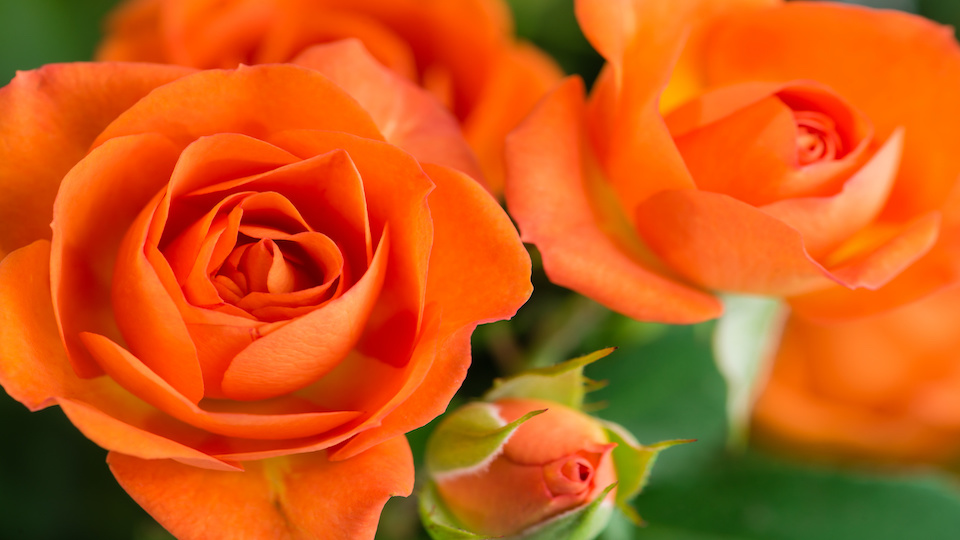The Top “Happy” Plants for Busting a Sour Mood
I always feel better after taking a walk through my garden. Plants are mood boosters and can turn any frown upside down. Certain plants have even been found to scientifically improve moods. Planting and enjoying these beauties is a sure way to keep your spirits high.


